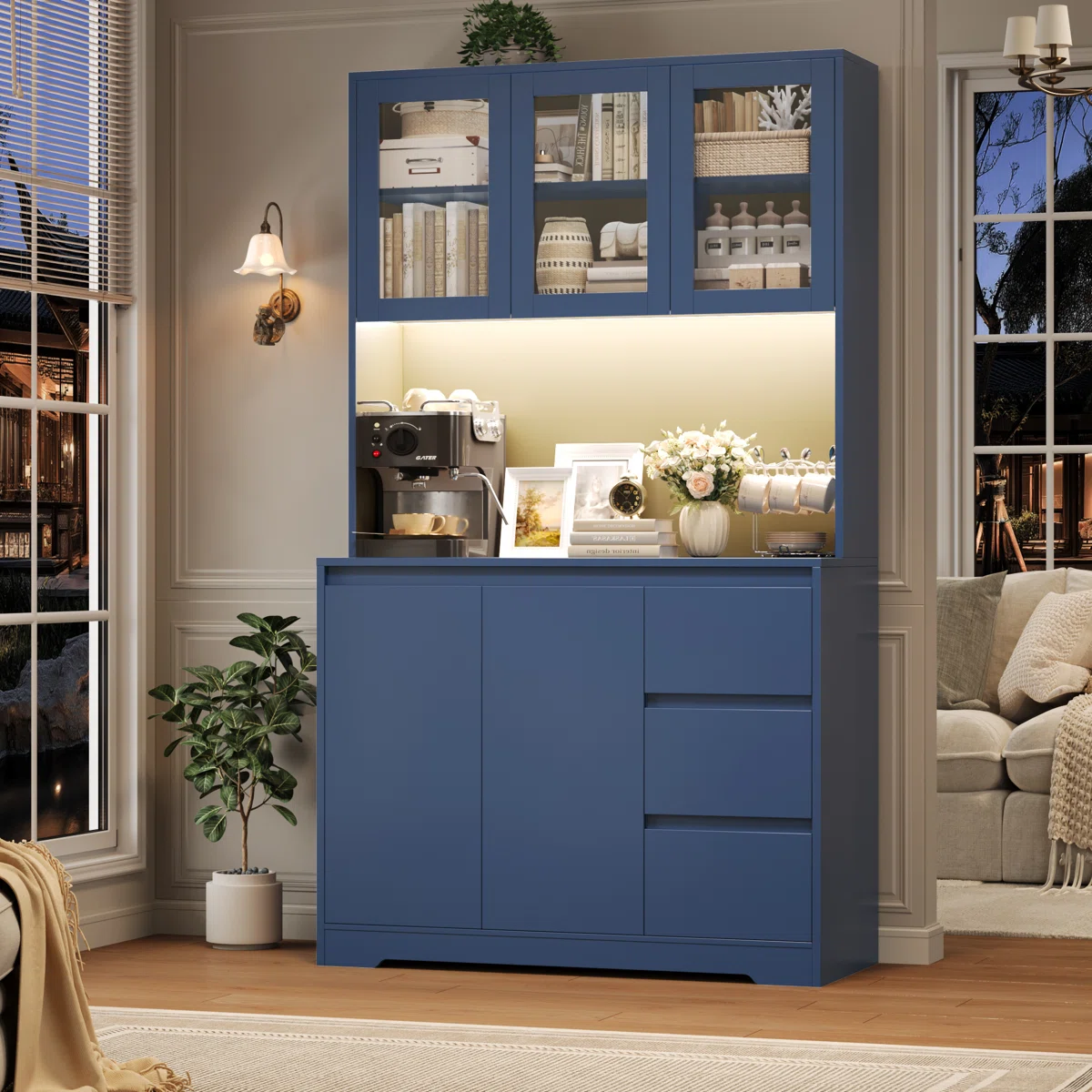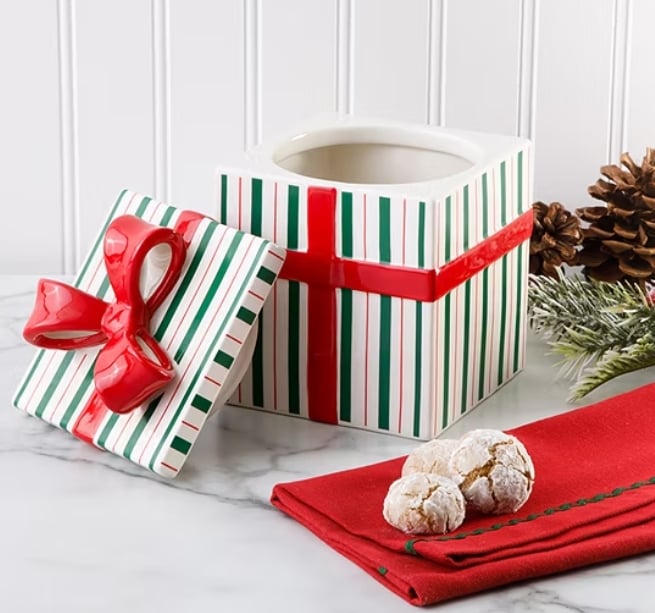The Dos and Do Nots Of DIY Home Improvements
Those of you that love a bit of DIY or love watching home improvement shows may start off with small-scale projects. You begin with some arts and crafts, then graduate to making larger things. Before you know it, you're creating your own furniture, putting a fence up around your garden, and constructing your own shed! It makes you wonder what other home improvements you can do all by yourself. The benefit of doing this is that it saves a lot of money, tempting you to never pay anyone else to renovate your home again!

Before you go a bit crazy and start making loads of DIY changes to your home, it's good to understand where the boundaries are. It may seem like you can do anything and everything, but there are a few dos and do nots of DIY home improvements. In this post, we'll go through all of the different things, making it easier for you to know what you should and shouldn't do:
Do: Handle all the painting and decorating
Some home improvement shows talk about painting rooms or putting up new wallpaper being such a simple DIY task that anyone can do. In fact, you should actively be encouraged to do this, rather than calling someone in to do it for you. Yes, the second option seems more convenient, but it's rarely worth the money. With something like decorating a home, there isn't a massive skill gap. If you wanted someone to paint a mural on your walls, then that's completely different! However, with an easy task like this, you can accomplish it on your own with a few YouTube tutorials to keep you company. Speaking of which, here's one that you may find handy:

Don't: Attempt anything to do with your roof
Roof improvements and upgrades are all the rage nowadays. Improving your roof will instantly make your home look much newer and better. It can also help you save energy by sealing your home more effectively, and it adds value to your property as well. There are many DIY things you can do to your roof, the most common of which is attempting roof repairs. If you have cracks or holes in your roof, you can be tempted to fix them yourself. Generally, unless you're a professional roofer, you should call a roofing company to handle this for you. It is simply too risky to be on your roof by yourself. You lack the necessary safety equipment and experience, increasing the chances of accidents.
Accidents can happen during any DIY project, but when it comes to your roof, the risks can be especially high. DIY roof repairs, installations, or other related tasks should generally be avoided for safety reasons. Trust the experts to provide professional, safe, and reliable services such as roof repairs and installations, gutter repair and more. Just like many home improvements, it's always best to call in the experts for tough jobs.

Do: Follow a proper plan
It doesn't matter if it's a plan you've found online – or one that comes with a kit you've bought. For example, if you were to build your own garden shed, you could buy it online and all the pieces arrive with instructions on how to build it. This is standard procedure for the majority of DIY projects around your home that aren't built from scratch. Follow the instructions to make your life easier, but also to ensure that the finished thing is safe. If you skip a step or two when building a bed, you may have missed a vital component that stops it from falling apart. As soon as you put the mattress on, your bed falls down!
Obviously, it's slightly different when you make something from scratch. You won't have any instructions, but you can still find some ideas and plans online. Again, look at YouTube to help find tutorials that you can follow. Or, if you really want to take the reigns and do everything with zero help, write your own plan. This gives you something to follow, while also helping you figure out if your project will actually work. You can draw sketches, come up with ideas, and you slowly figure out the steps that can take you from A to B. Trust me, it makes your whole life so much easier when you have a plan.
Don't: Mess around with the plumbing

Plumbing is quite fascinating when you stop and think about it. Your home has a system of pipes that take water and waste down into the sewers. You can't see most of them, but they're all connected throughout your home, hidden within the walls. Now, bathroom and kitchen improvements are very common. You can do loads of things in either room, some of which very much fall into the DIY category. However, if any home improvements require you to mess with the plumbing fixtures in your home, call someone else in to handle it.
You can find professional plumbers who can handle your plumbing fixtures effectively. If, for instance, you live in San Jose, ensure that you get trusted plumbers who understand all your plumbing needs. No matter how tempting it might be for you to work on your own plumbing fixtures, you might end up causing more harm than good.
The simple fact is that most of us have no idea how all the pipes work in our homes. You could accidentally damage something while you're working on your project, and it causes a water leak in your home. Then, you have to call an emergency plumber in to fix everything, which probably costs more than if you just called them to help with your task. A good rule of thumb is to do every element of your DIY home improvement, then call in help when you have to do anything plumbing-related.
Do: Take sneaky and budget-friendly shortcuts
One of the joys of DIY home improvements is that you can find ways to save so much money. Literally, you can save thousands of dollars on a renovation project when you do it yourself. How? By using all the sneaky shortcuts that work like a charm.
Possibly the best shortcut is using contact paper in your rooms. For those of you that don't know, contact paper is almost like an adhesive wallpaper type thing. That doesn't explain it very well, but you can stick it to different surfaces, making them look different. As an example, people will use marble contact paper in the kitchen, giving the illusion of marble countertops. You stick it over the original counter, and it looks like marble. You can still clean it as you would a normal kitchen counter, just be careful of burns. Some people use this on their walls as an alternative to getting new tiles – the possibilities are endless. There's a photo above from Instagram that shows off a budget kitchen renovation that used this sneaky shortcut to save money!
Don't: Mess with the electrics
There are some electrical-related home improvements you can make on your own. Technically, switching your bulbs and changing the light shades do count as electrical home improvements. You could also fit different light switches without too much trouble. If you do any of these things, always be sure you turn the electricity off beforehand, to minimize risks.
Nevertheless, the majority of electrical home improvements that you see on home improvement shows should be done by experts. It's the exact same reasoning as the plumbing point, only more serious. If you try drilling holes in your walls and passing cables through then connecting them to existing cables, it becomes pretty dangerous. You don't really know much about voltage and all the other issues with electricity. So, you could think everything is fine, then there's a mini-explosion when you turn the power back on. Something has short-circuited, and the best-case scenario leaves you without power until it's fixed. The worst-case scenarios are that someone gets electrocuted or the blown fuse starts a fire. Playing with wires is too dangerous, you're better off avoiding any DIY home improvements that involve it. Maybe stick with easy install lighting,
Do: Push yourself!
There are a few points on this list that seem like they're dissuading you from making DIY home improvements. In reality, they're just telling you to avoid doing things that are overly dangerous! If you avoid projects and ideas that can cause harm or damage your home, you'll still have many other DIY opportunities throughout your property. So, it's a good idea to push yourself to do bigger and better things!
If you only paint your rooms and do a lot of DIY decorating, why don't you take the next step and make something for your house? You could build your own furniture, make ornaments to put on shelves – think outside of the box! You'll enjoy DIY when you push yourself to do more ambitious projects. I also find it helps you appreciate your home even more when you see your own creations and DIY expertise everywhere.
On that note, there's nothing left to add about the dos and do nots of DIY home improvements. A general summary of these points would be that you should do as much DIY as possible, always looking to push yourself and try little hacks that make your life easier. Planning ahead and following instructions will make things less stressful, and the only DIY things you should avoid are those that present lots of risks.
With a little bit of practice you may soon be your own DIY expert. Who knows we may see you on one of the future home improvement shows.

Love to go camping? Check out these 25 Amazing Camping Quotes.







Great content and tips that everyone can follow through on their renovation.